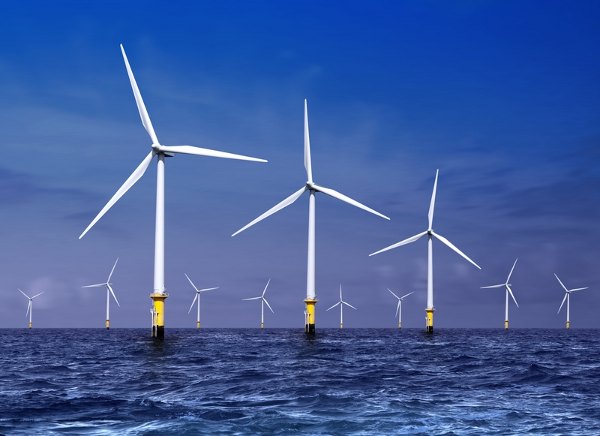Wind Energy Tax Credit Should Be Reformed and Extended


The federal production tax credit for wind energy (PTC) should be extended -- and reformed. The debate over the fate of the PTC, whether to extend in its current form or allow it to expire outright on December 31 of this year, is not without nuance. Opponents of the credit argue that energy sources should be cost competitive without subsidy -- a reasonable concern. Proponents of extension argue, also correctly, that all major sources of energy generation have received significant federal support for development and deployment. Reorienting the credit to prioritize innovation and cost declines caters to both camps, by extending the credit and making it smarter.
The backdrop of the debate is impressive: wind capacity has doubled since 2008, and costs for wind-generated electricity are lower than ever before. The PTC, along with other public policy supports including state-level Renewable Portfolio Standards and the Treasury's Section 1603 cash grants, has helped drive this tremendous progress in the American wind market.
But despite this growth, wind developers remain dependent on public subsidies for sustained deployment. Projections show that annual wind capacity additions in 2013 willdrop over 80% from 2012 levels with the loss of the PTC, and the American Wind Energy Association (AWEA) expects 37,000 jobs in the wind industry to be lost if Congress does not extend the tax credit.
The writing is on the wall: the recent boom in the American wind market is at risk of turning to bust. Dependence on federal subsidies does not foster a dynamic and competitive market, and while wind is close to price-competitive with natural gas, there are other non-price barriers standing in the way of true market maturation for the wind industry.
The PTC, then, should be extended and reformed. As we recommended in our widely acclaimed April 2012 report "Beyond Boom and Bust," co-authored with experts at the Brookings Institution and the World Resources Institute, public clean energy subsidies should be re-oriented to prioritize cost declines and performance improvements. The PTC, which has offered the same value per kilowatt-hour since its inception in 1992 and has endured the prototypical boom-and-bust fate since then, is a prime target for reform.
PTC reform comes in many different flavors. One option, favored by Kansas Governor Sam Brownback and others, is an annual phase-out, in which the value of the credit would gradually decline over several years. Other ways to structure this "exit ramp" for the production subsidy would be to gear the credit to aggregate deployment milestones, or extend the full-value PTC only for wind installations at sites with lower wind speeds.
All of these designs would encourage accelerated cost improvements in the wind sector, and prepare developers for a market without perpetual subsidy support. But with wind electricity already close to natural gas prices, the arguably more important effect of the phase-out would be to wean the wind industry off its conventional form of project finance: tax equity. Because wind developers typically do not have sufficient tax appetite to monetize the PTC on their own, they often have to partner with large financial institutions (banks, mostly) to finance large wind projects. These tax equity arrangements have high transaction costs, and as renewable energy project finance demand grows, tax equity markets will be strained to provide sufficient capital to developers.
Alternative sources of project finance are currently limited, but experts are coming out of the woodwork with innovative ideas. Last year, Third Way's Clean Energy Program proposed opening up clean energy projects to master limited partnerships (MLPs), which are business structures that lower the tax liability and the cost of capital for investors.
The Brookings Metropolitan Policy Program has a forthcoming proposal for state clean energy banks, which would leverage state and municipal investment via a suite of financial tools and partnerships. And last week, the Clean Energy Group partnered with the Council of Development Finance Agencies to announce new research into the role that bond finance can play in deploying clean energy.
These and other proposals open up wind and other clean energy markets to a more diversified set of capital markets and mitigate the vulnerability imposed by perpetual dependence on federal tax credits. In the short run, a gradual phase-out of the PTC will encourage further cost declines and technology improvements. In the longer run, smart policy can build a bridge from today's higher-cost and subsidy-dependent markets to a vibrant, fully mature American wind industry.
(This article was written by Alex Trembath and appeared at The Breakthrough Institute)



